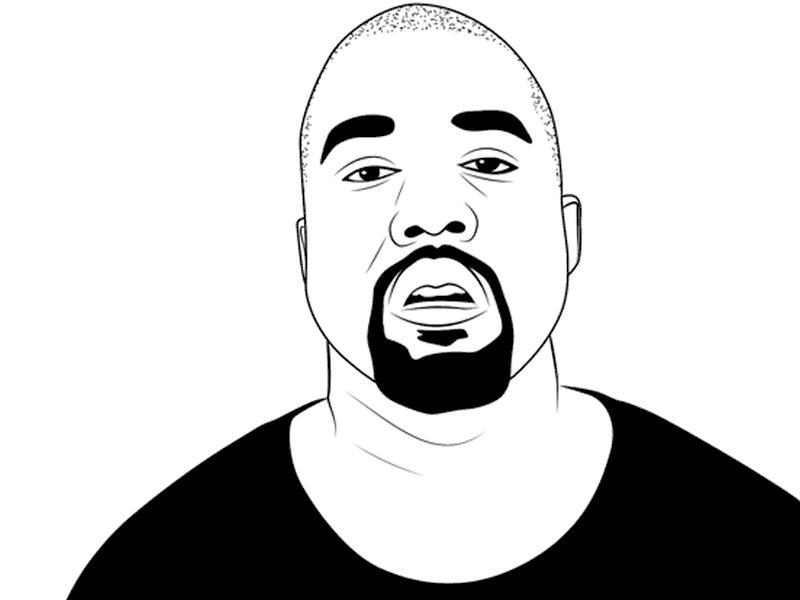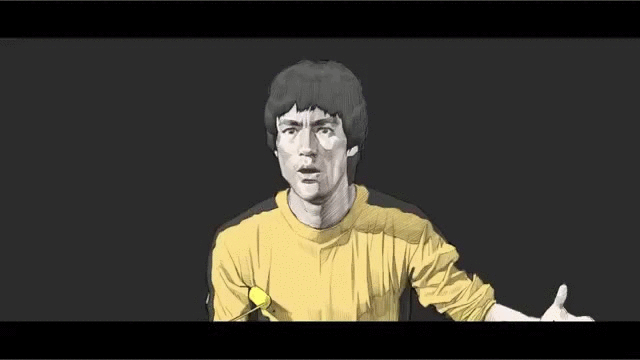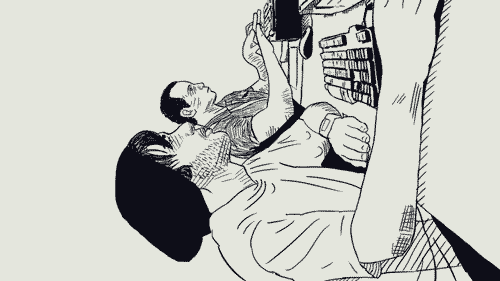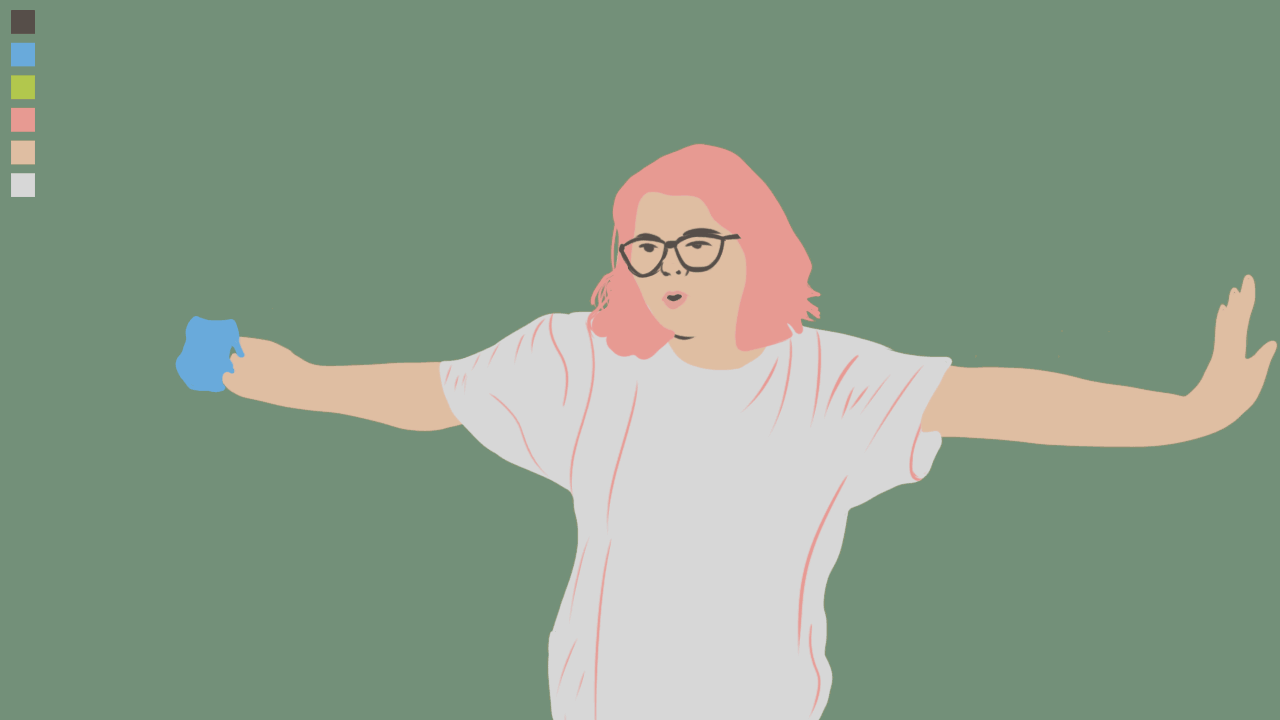- What is rotoscope animation?
- Rotoscoping is an animation technique that animators use to trace over motion picture footage, frame by frame, to produce realistic movements.

- Though it can be time intensive, rotoscoping allows you to create lifelike characters who move just like people in the real world.

- Rotoscoping is an animation technique that animators use to trace over motion picture footage, frame by frame, to produce realistic movements.
- Today, rotoscoping is predominantly done on computers. Animators/filmmakers use computer software like Adobe Animate, After Effects, and Photoshop to rotoscope digitally.

- Animators use rotoscoping to create animated films and video games, and filmmakers can create visual effects (VFX) for live-action films.

YA-NE-SEN a Go Go from ShiShi Yamazaki on Vimeo.
- History of rotoscoping
- Animation in film has roots going back to 1887.
- French engineer Charles-Émile Reynaud created the first praxinoscope, and in 1892, he presented the very first animated film in public.

Charles-Émile Reynaud (1844 – 1918) French inventor
- In early animated films, animators traced over glass panels to create 2D animation with characters that moved like real people.


Praxinoscope | Charles-Émile Reynaud

1877-1879 Émile Reynaud - "Praxinoscope" (9 early animations)
- Just a few years later, animator Max Fleischer revolutionized the animation industry by creating a technique that allowed for more fluid motion in animated characters.

Max Fleischer (1883 – 1972) Polish- American animator
- This technique became rotoscoping. Before this new technique, animated shorts were clunky and wiggly, and characters didn’t move like real people.
- Using this animation technique, Fleischer created the short film series "Out of the Inkwell" (1918 to 1929)
Out of the Inkwell: Invisable Ink (1921) (Remastered) (HD 1080p) | Dave Fleischer
- His "Out of the Inkwell" series amazed audiences when they were first released in 1918. The technique soon became a staple in the film industry and changed the way animated films were made.
- Fleischer would go on to create other classic animated characters like "Popeye and Betty Boop"

- After Fleischer’s patent expired, Walt Disney used his rotoscoping technique. Actors performed scenes and, their movements were rotoscoped to use as reference material for many films, starting with "Snow White and the Seven Dwarfs."
- Some well-known feature films made with the rotoscoping process
- Snow White and the Seven Dwarfs (1938): Walt Disney extensively used rotoscope animation for his films. For films such as Snow White and the Seven Dwarfs and Sleeping Beauty (1959), live actors performed scenes that animators used as references when rotoscoping.
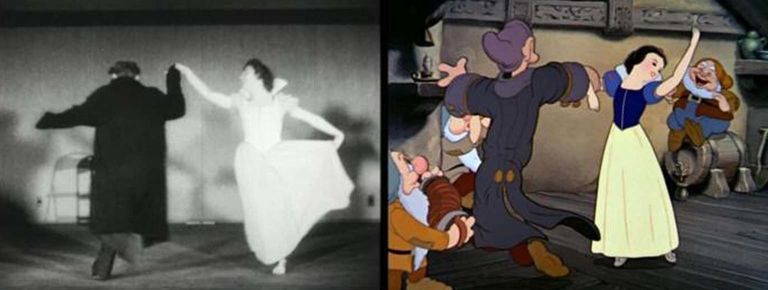
- Snow White and the Seven Dwarfs (1938): Walt Disney extensively used rotoscope animation for his films. For films such as Snow White and the Seven Dwarfs and Sleeping Beauty (1959), live actors performed scenes that animators used as references when rotoscoping.
- Star Wars (1977): In George Lucas's classic science-fiction film, rotoscoping was used to create the lightsabers. The actors held a prop stick covered in reflective tape; then, the animators added the glow in post-production using rotoscoping.
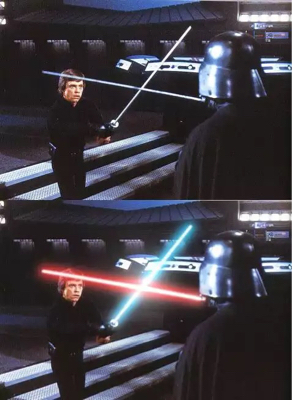
- The Birds (1963): Alfred Hitchcock used rotoscoping to animate birds attacking people in his horror film The Birds.
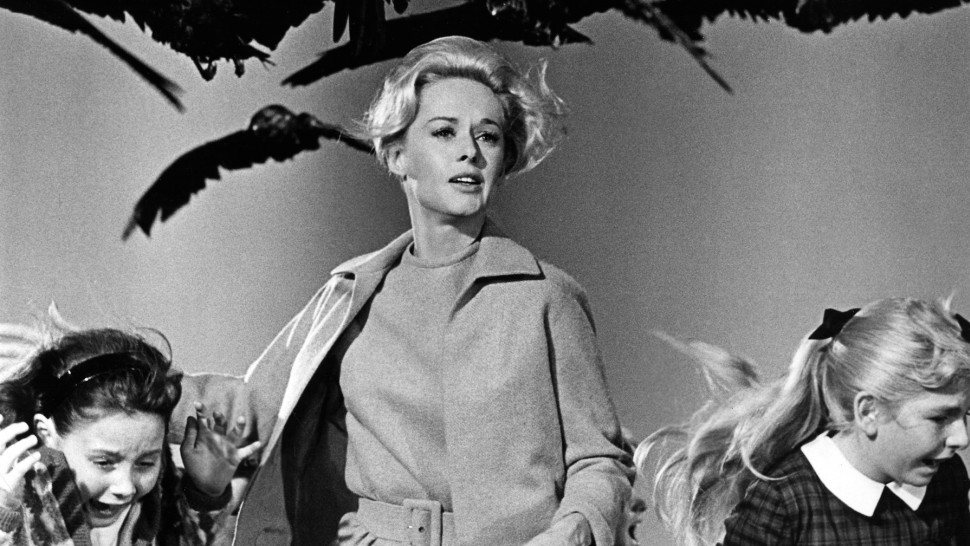
- The Lord of the Rings (1978): Ralph Bakshi's animated The Lord of the Rings used the rotoscoping technique. Bakshi rotoscoped the battle scenes by using live actors to make the scenes look more dynamic. Peter Jackson's live-action The Lord of the Rings (2001) used motion capture, a process similar to the rotoscope technique, to create the character of Gollum, which was entirely made from computer-generated imagery (CGI).
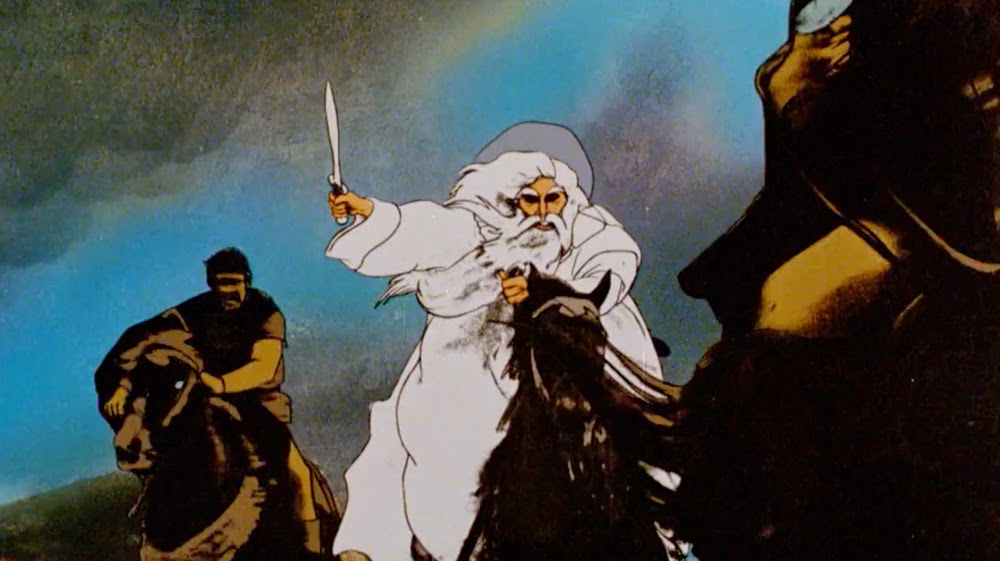
- A Scanner Darkly (2006): In Richard Linklater’s animated film, the animators traced over live-action footage of Keanu Reeves, Robert Downey Jr., Woody Harrelson, and Winona Ryder to animate versions of those actors.
- Examples of rotoscope animation
